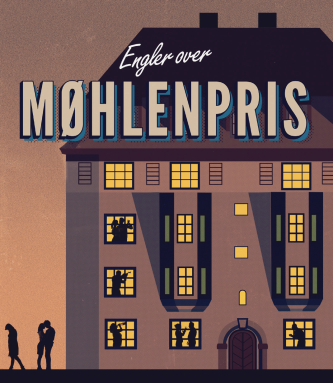The first of two «This week’s publication» is from the Neurology section. MD PhD student Margrethe Raspotnig is the second author of this European collaborative study: Prostate cancer, Hu antibodies and paraneoplastic neurological syndromes.
Storstein A, Raspotnig M, Vitaliani R, Giometto B, Graus F, Grisold W, Honnorat J, Vedeler CA. J Neurol. 2016; 26:1001-7.
Prostate cancer is the most common cancer among American and European men. Nervous system affection caused by local tumor growth or osseous metastases are the main causes of neurological symptoms in prostate cancer patients. Prostate cancer is rarely reported in association with paraneoplastic neurological syndromes (PNS). We have, therefore, studied clinical and paraclinical findings of a series of patients with prostate cancer and PNS, and reviewed cases reported in the literature. Case histories of 14 patients with definite PNS from the PNS Euronetwork database and from the authors’ databases were reviewed. A PubMed literature search identified 23 patients with prostate cancer and PNS. Thus, a total of 37 case histories were reviewed with respect to syndrome type, cancer evolution, paraclinical investigations, antibody status, treatment and outcome. The three most frequent isolated PNS were paraneoplastic cerebellar degeneration, paraneoplastic encephalomyelitis (PEM)/limbic encephalitis and subacute sensory neuronopathy (SSN). Onconeural antibodies were detected in 23 patients, in most cases the Hu antibody (17 patients, 74 % of all antibody-positive cases). Other well-characterized onconeural antibodies (Yo, CV2/CRMP5, amphiphysin, VGCC antibodies) were found in a minority. PNS was diagnosed prior to prostate cancer diagnosis in 50 % of the cases. The association of PNS with prostate cancer is quite infrequent, but clinically important. PNS often heralds prostate cancer diagnosis. Syndromes associated with Hu antibodies predominate. Another tumor more prone to associate with PNS should always be excluded.
Read the entire publication here.
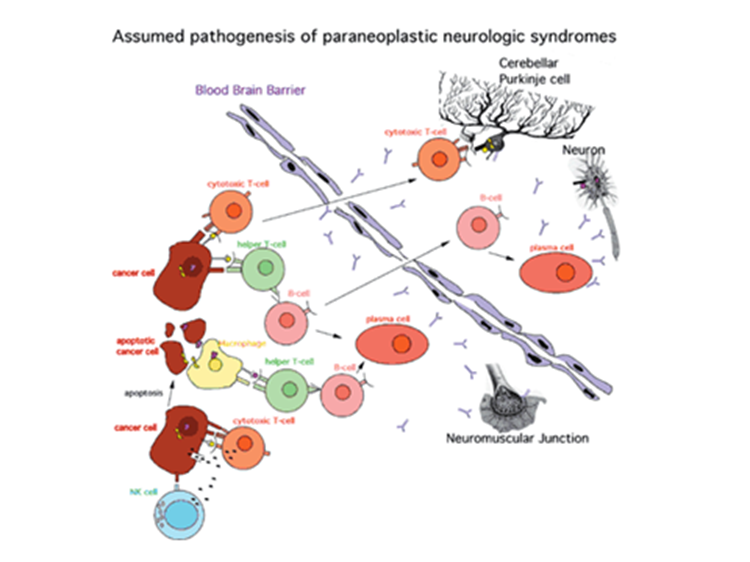
———————————————————————————————————
The second «This week’s publication» is from the Anxiety Research Network, Research Department, Division of Psychiatry, Haukeland Univeristy Hospital. The PhD candidate Arne Kodal is the first author of the study: “Subtyping social anxiety in youth”. Co-authors included distinct researchers from UIB, Professor Odd Havik from the Faculty of Psychology and Professor Ingvar Bjelland from the Faculty of Medicine and Dentistry.
Few empirical studies have examined subtypes of social anxiety disorder (SAD) in youth, and limited consensus resides on the nature of potential subtypes. Identifying subtypes, based on both fear and avoidance patterns can help improve assessment and treatment of SAD.
The research is based on a large joint study between Haukeland University Hospital and UIB investigating anxiety treatment in children and youth. Subtypes of fear and avoidance were examined in a sample comprising 131 youth (age 8–15 years) diagnosed with SAD. Exploratory factor analysis of fear responses revealed three factors, defining fear subtypes linked to: (1) performance, (2) observation, and (3) interaction situations. Exploratory factor analysis of avoidance responses revealed only one avoidance factor. Few youth qualified exclusively for either of the fear subtypes, thus calling into question the clinical utility of these subtypes including the performance only subtype described in DSM-5. Nevertheless, the findings indicate distinct contributions of fear and avoidance in SAD presentation. This finding may help clinicians target and improve treatment of social anxiety in youth.
Read the entire publication here.




 Dette hjørnet omhandler alt som berører arbeidsmiljøet ved K1. Her blir dere presentert for nyheter, HMS-handlingsplanen ved K1, når det er vernerunder, arbeidsmiljøundersøkelser etc. Alle er velkommen med innspill til dette hjørnet!
Dette hjørnet omhandler alt som berører arbeidsmiljøet ved K1. Her blir dere presentert for nyheter, HMS-handlingsplanen ved K1, når det er vernerunder, arbeidsmiljøundersøkelser etc. Alle er velkommen med innspill til dette hjørnet!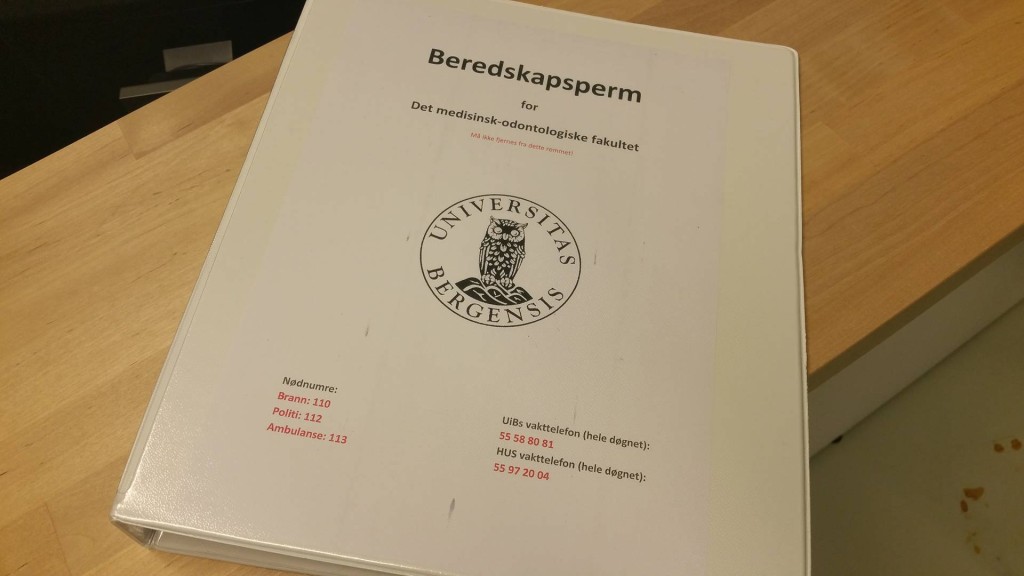
 Ved siste opptelling hadde K1 30 ph.d-stipend fra UiB. K2 hadde 43 stipend. De kliniske miljøene konkurrerer dermed ganske bra. Antall stipend i forhold til vitenskapelige årsverk i grunnbudsjettet er imidlertid høyest ved Institutt for biomedisin. Det ble utlyst 12 nye stipendiatstillinger nå i vår. Av totalt 46 søknader hadde 12 tilhørighet ved K1, mens 8 kom fra K2-miljøer. Tilslagsprosenten på søknader til fakultetet på stipend er dermed høyere enn de fleste andre steder. Noen miljøer utnytter dette, men alt for mange lar denne muligheten seile forbi.
Ved siste opptelling hadde K1 30 ph.d-stipend fra UiB. K2 hadde 43 stipend. De kliniske miljøene konkurrerer dermed ganske bra. Antall stipend i forhold til vitenskapelige årsverk i grunnbudsjettet er imidlertid høyest ved Institutt for biomedisin. Det ble utlyst 12 nye stipendiatstillinger nå i vår. Av totalt 46 søknader hadde 12 tilhørighet ved K1, mens 8 kom fra K2-miljøer. Tilslagsprosenten på søknader til fakultetet på stipend er dermed høyere enn de fleste andre steder. Noen miljøer utnytter dette, men alt for mange lar denne muligheten seile forbi.
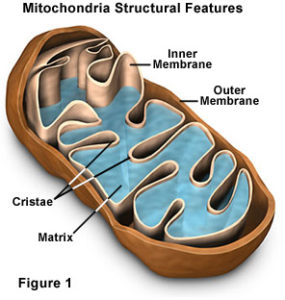
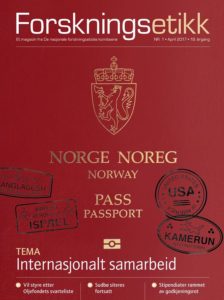 I denne utgaven av Forskningsetikk nr 1-2017 er temaet Internasjonalt samabeid. Her kan du lese om «
I denne utgaven av Forskningsetikk nr 1-2017 er temaet Internasjonalt samabeid. Her kan du lese om « Elisabeth Wik er tilsatt som førsteamanuensis II (13 % bistilling) frem til 31.12.2019. Hun er tilknyttet CCBIO.
Elisabeth Wik er tilsatt som førsteamanuensis II (13 % bistilling) frem til 31.12.2019. Hun er tilknyttet CCBIO.

